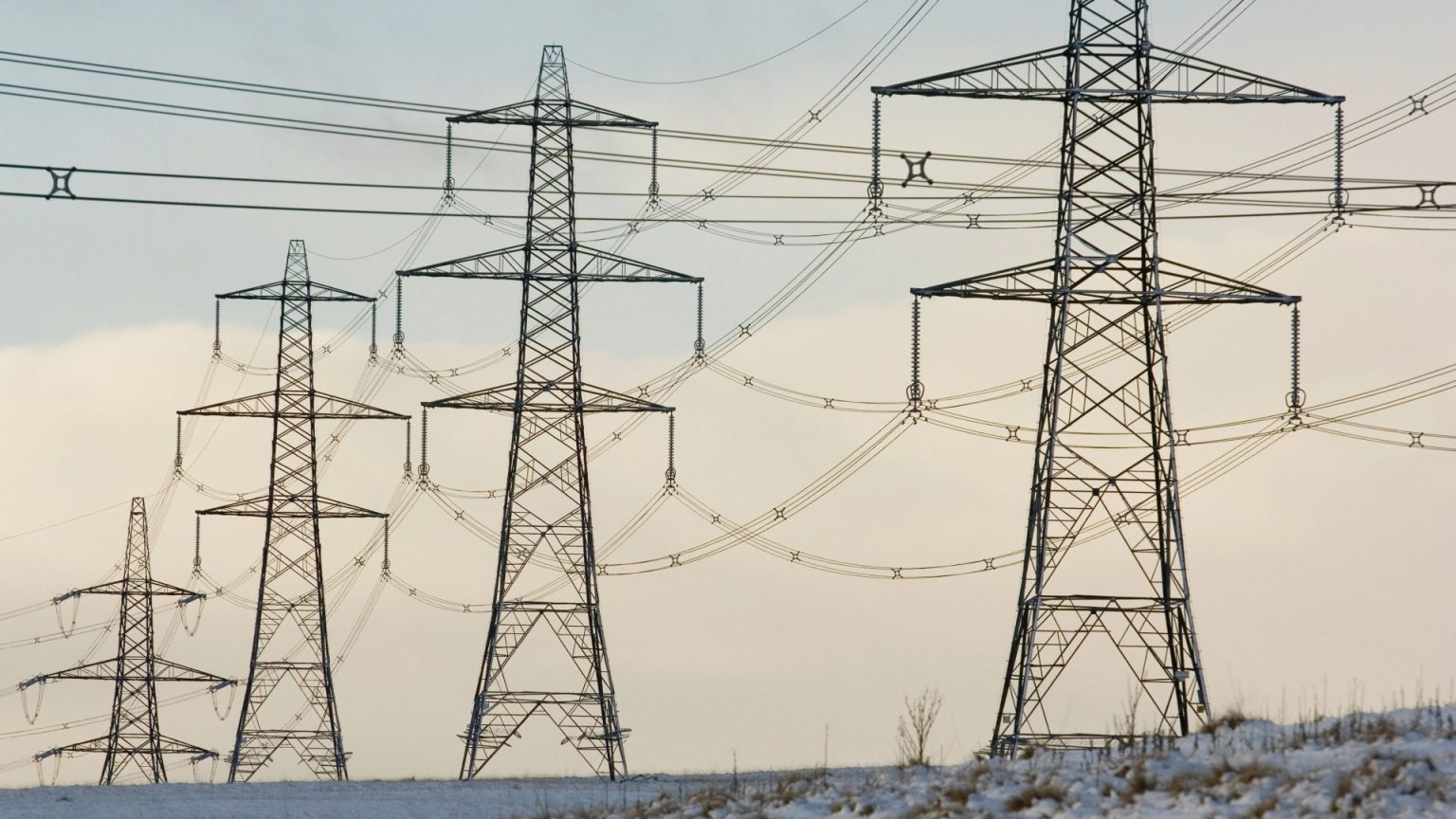The UK’s power grid narrowly averted potential blackouts during a recent cold snap, exposing vulnerabilities in the nation’s energy strategy and sparking a heated debate about the government’s net-zero ambitions. A confluence of factors, including freezing temperatures, diminished wind power generation, and lower-than-expected energy imports, placed immense strain on the grid, forcing the operator, National Energy System Operator (NESO), to take emergency measures to maintain supply. Critics argue that the incident underscores the dangers of overreliance on intermittent renewable energy sources like wind and solar, particularly during periods of peak demand.
The crisis arose as frigid weather gripped the UK and Europe, reducing the effectiveness of wind turbines and limiting the availability of imported power. Simultaneously, a surge in domestic heating demand, fueled by government health advisories, pushed the grid to its limits. NESO, accused of underestimating the peak demand and lacking transparency about the severity of the situation, was compelled to spend £21 million, ten times the usual daily rate, to incentivize gas power plants to remain operational and prevent widespread blackouts. Experts estimate that the grid operated with a perilously thin margin of just 580 megawatts, raising concerns about the potential consequences had a single power station tripped offline.
The incident ignited a political firestorm, with Energy Secretary Ed Miliband facing criticism for prioritizing wind and solar power in the government’s decarbonization push. Opponents argue that this strategy leaves the UK vulnerable to energy shortages and dependent on foreign imports. The Shadow Energy Secretary, Claire Coutinho, called for increased investment in gas and nuclear power to ensure a reliable and affordable energy supply. This view is echoed by some energy analysts, who emphasize the need for a diverse energy mix that includes dependable baseload power sources to complement intermittent renewables.
Beyond the political debate, the near-blackout raises serious questions about the grid operator’s preparedness and transparency. Analysts have criticized NESO for failing to accurately forecast demand and for downplaying the severity of the situation, potentially obscuring the true extent of the risk from market participants and the public. Kathryn Porter, an independent energy consultant, characterized the risk level as the highest since 2011 and highlighted the operator’s use of nearly every available megawatt, leaving minimal contingency. This lack of transparency fuels concerns about the grid’s ability to effectively manage future energy crises.
The exorbitant cost of averting the crisis also sparked outrage. The grid paid up to £5,500 per megawatt hour to balance supply and demand, enriching energy companies like Vitol and Uniper, who reportedly demanded inflated prices to keep their gas plants running. This situation was described as a “grotesque example” of how the energy system exploits consumers, highlighting the potential for price gouging during periods of high demand and limited supply. The incident underscores the complex interplay between market forces, government policy, and grid stability, raising questions about the fairness and efficiency of the current energy market structure.
The near-miss serves as a stark reminder of the challenges inherent in transitioning to a low-carbon energy system. While the government’s commitment to net-zero emissions is laudable, critics argue that a more pragmatic and balanced approach is necessary to ensure energy security and affordability. The incident highlights the need for robust grid management, accurate demand forecasting, and a diverse energy mix that includes reliable baseload power sources alongside renewables. Furthermore, greater transparency from the grid operator is crucial to build public trust and ensure that all stakeholders are aware of the risks and challenges involved in maintaining a stable and secure energy supply.











